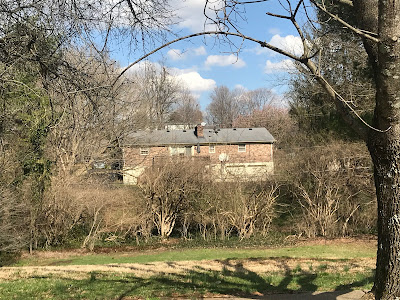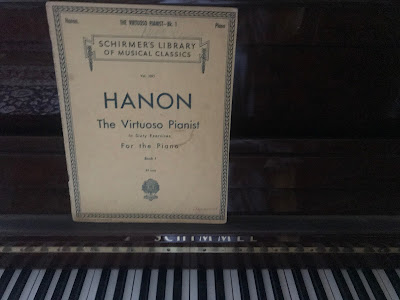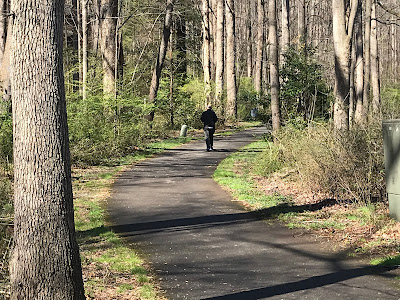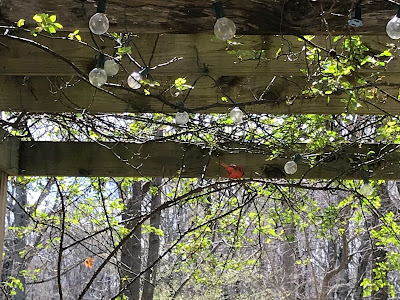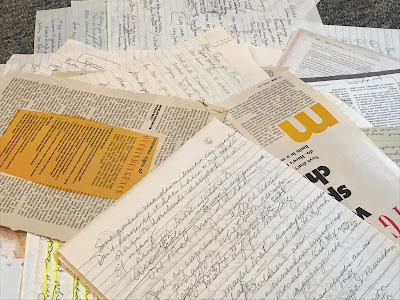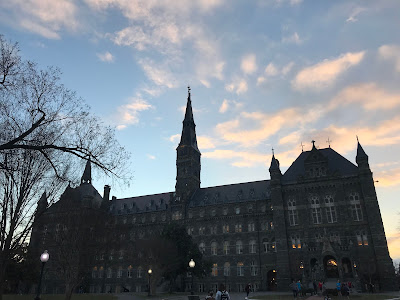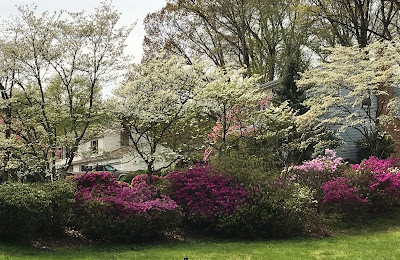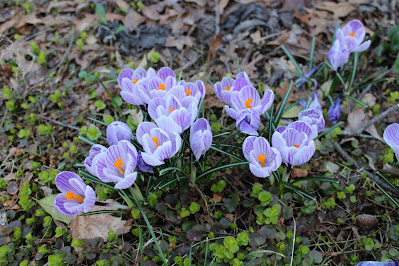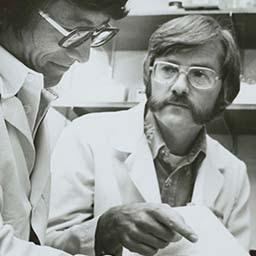Terror in the Tunnel
For 15 years I was a Metro commuter, riding the Orange Line train from Vienna to the District and, later, to the Crystal City area of Arlington. Before that, long before that, I rode the New York City subway whenever I wasn’t walking through the Big Apple.
All of which is to say, I’ve spent way too many hours/days/years (?) of my life riding the rails of some underground transport system or the other. I mastered the art of looking the other way when disturbed people entered my car and began hectoring fellow riders — or of slipping away entirely and hopping on an adjacent car when matters seemed to be spiraling out of control.
I can only imagine yesterday’s horror on the N Train in Brooklyn: the smoke, the shooting, the blood, the panic. Terror has erupted, this time in a subway tunnel. Not to be gloomy, but it’s only a matter of time before it erupts somewhere else again.

